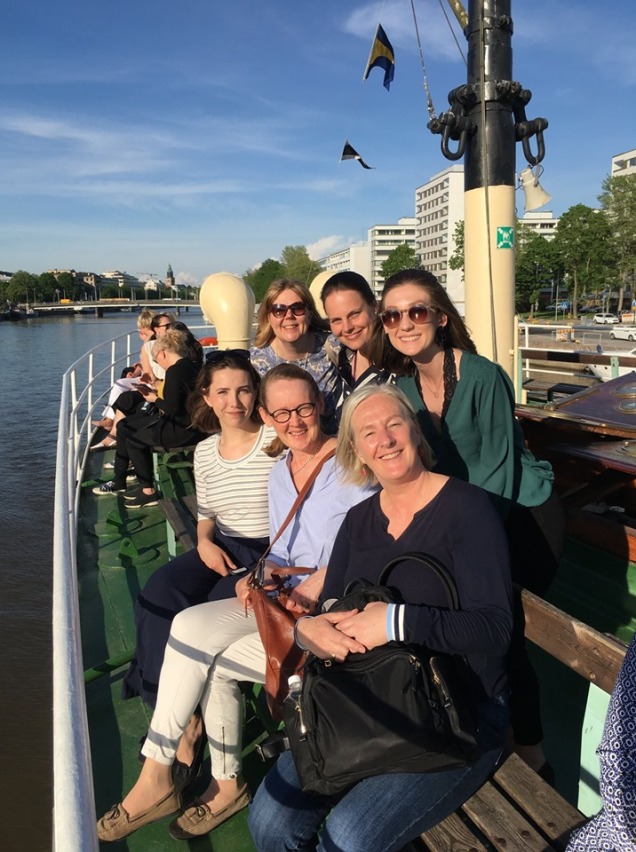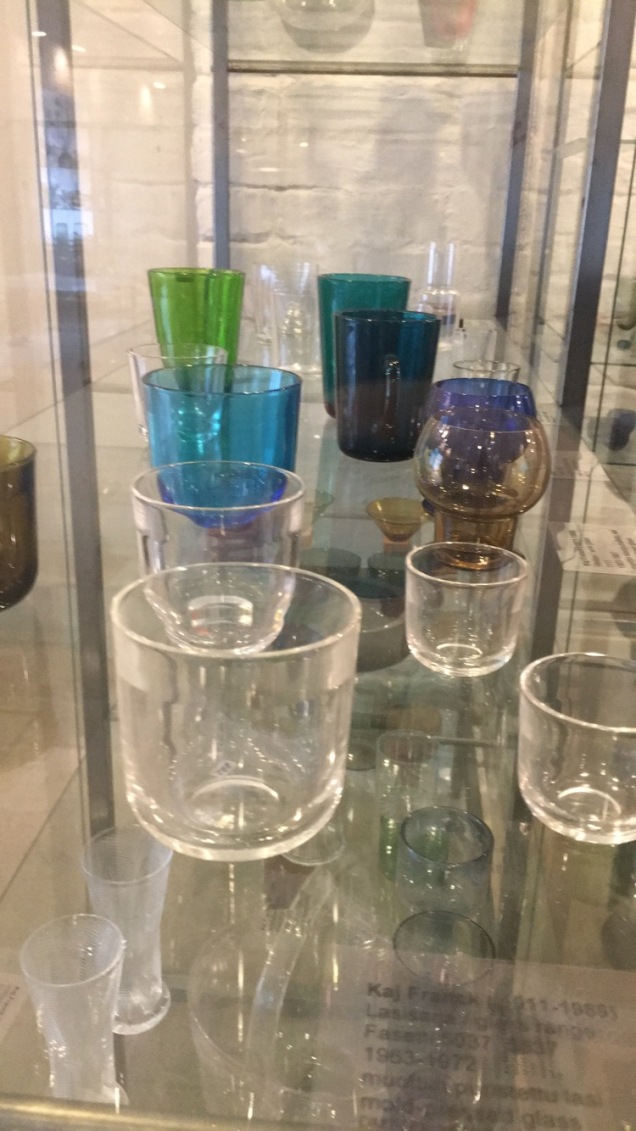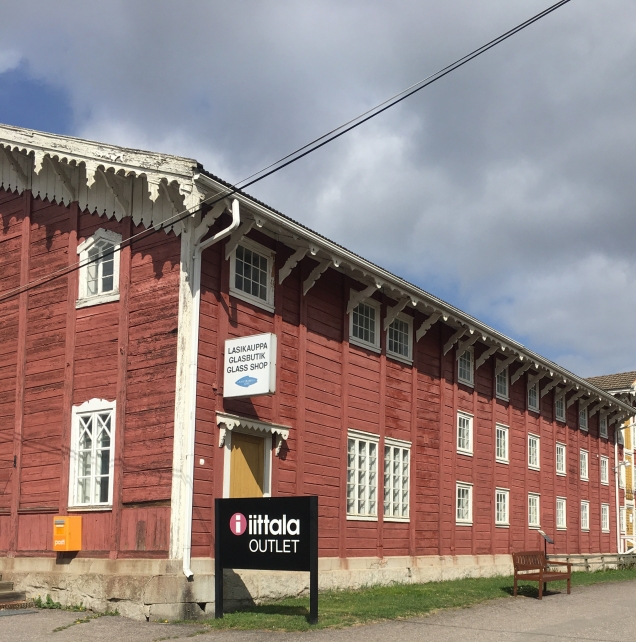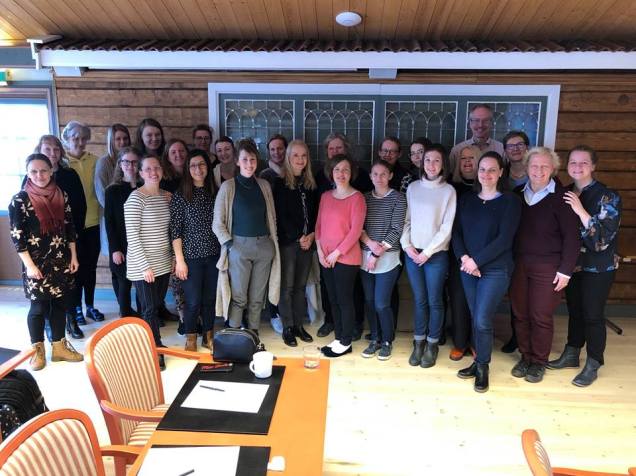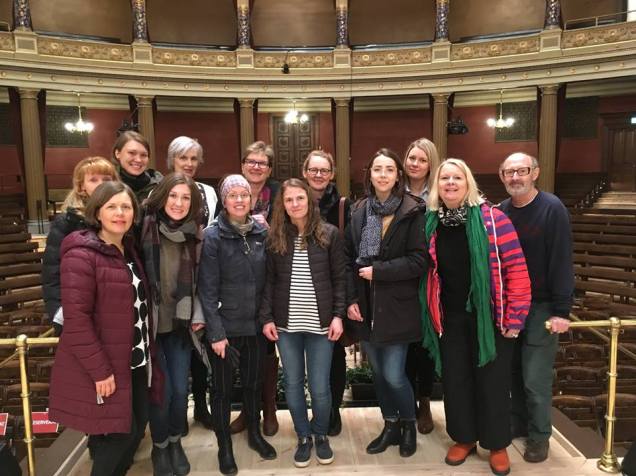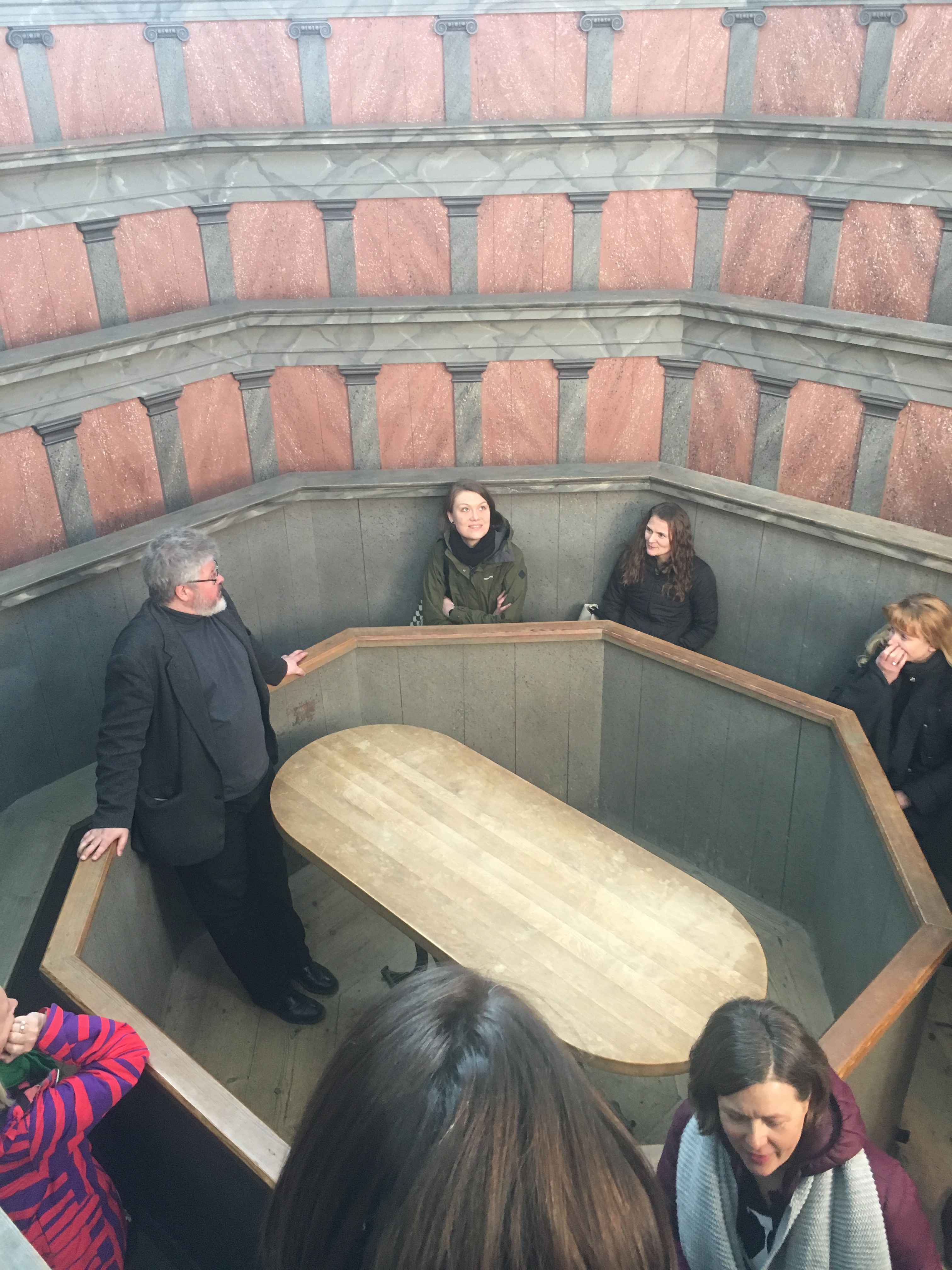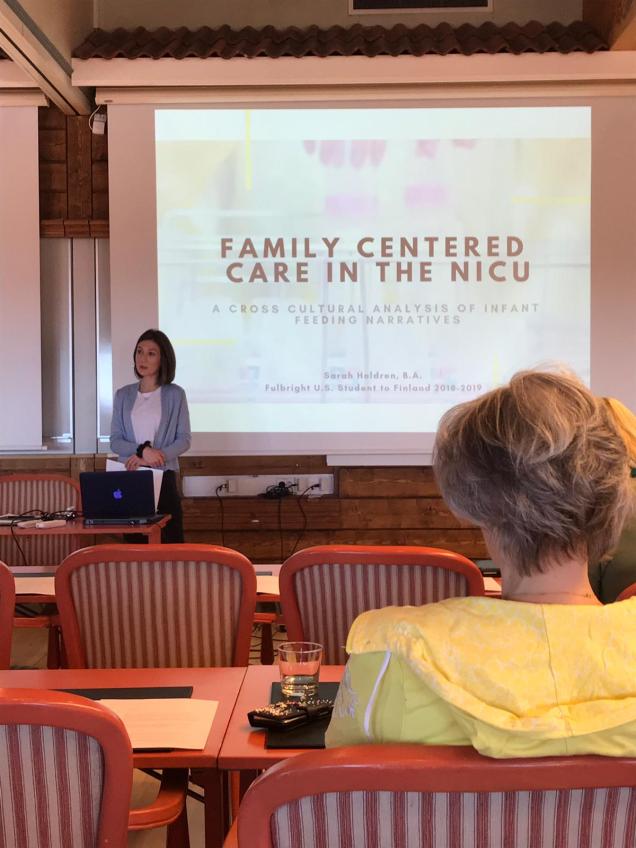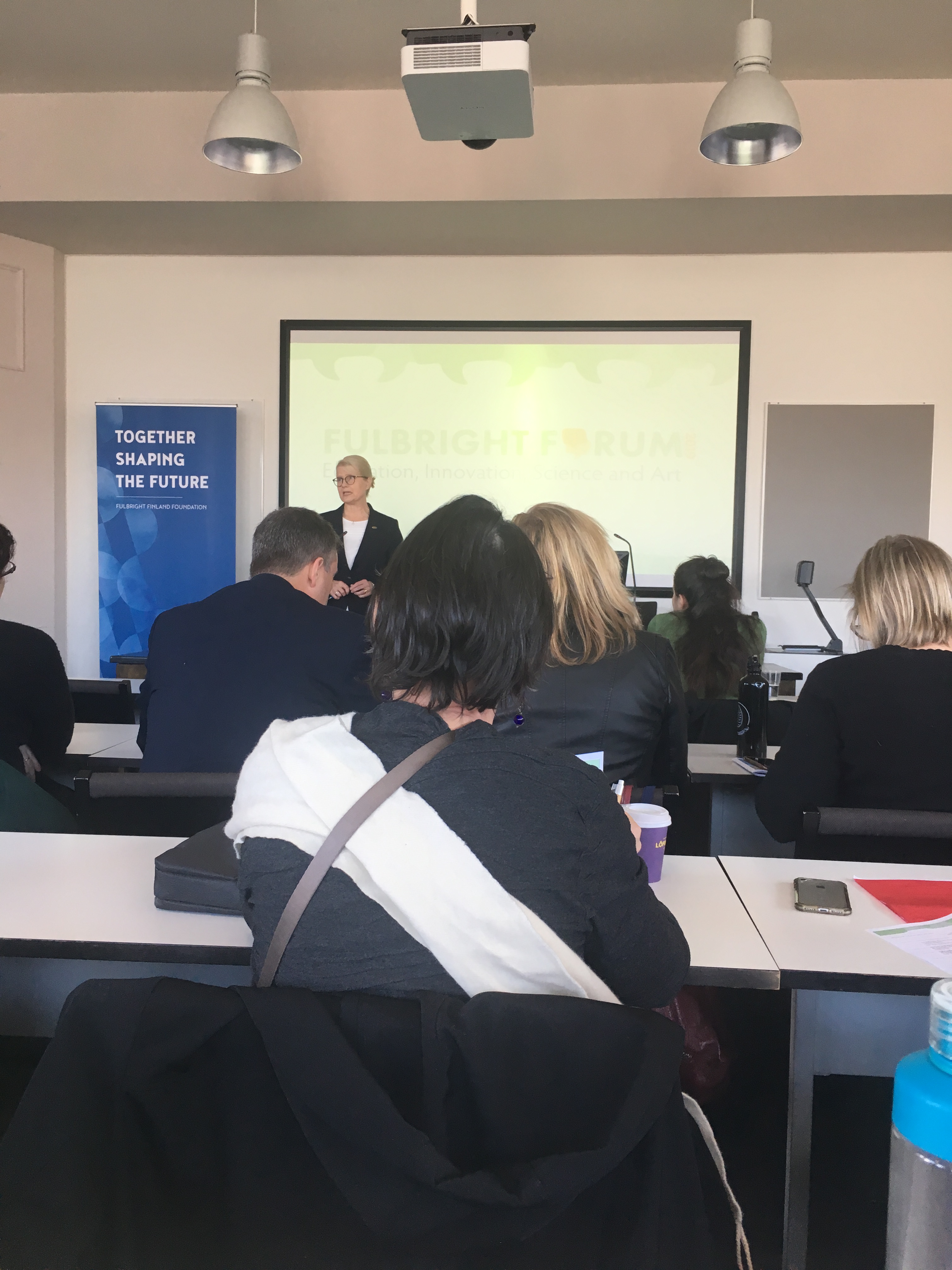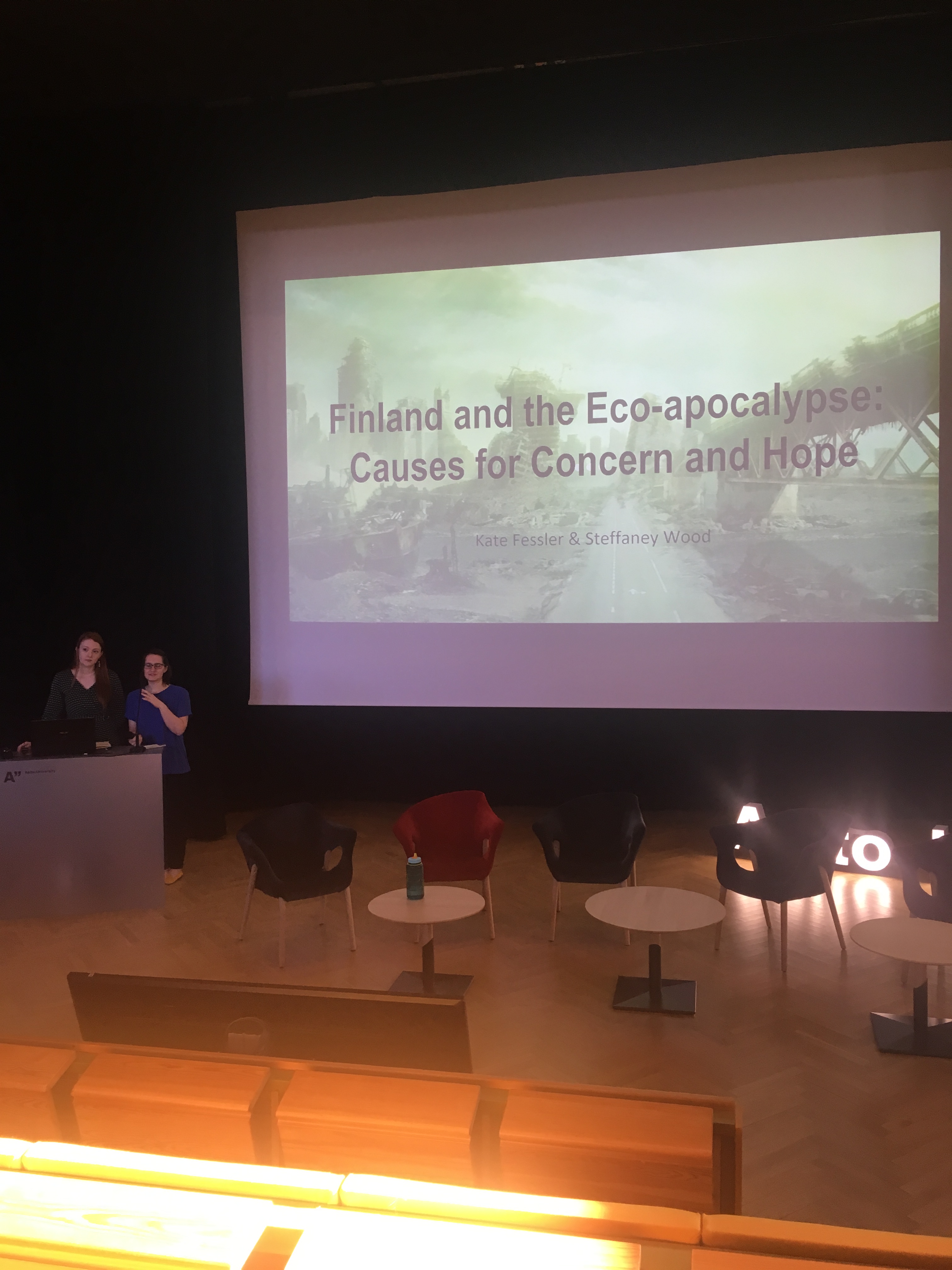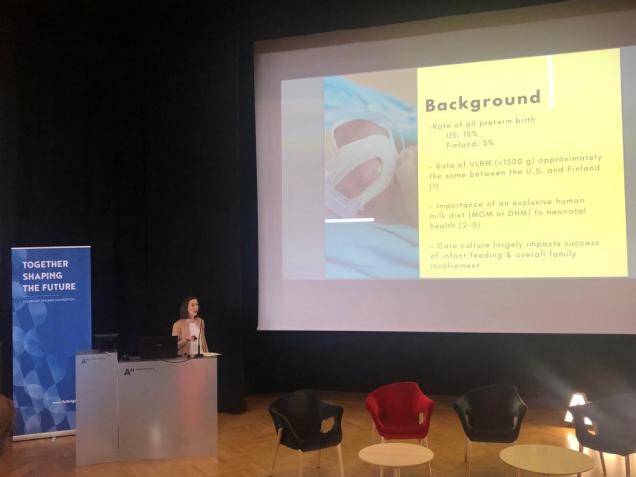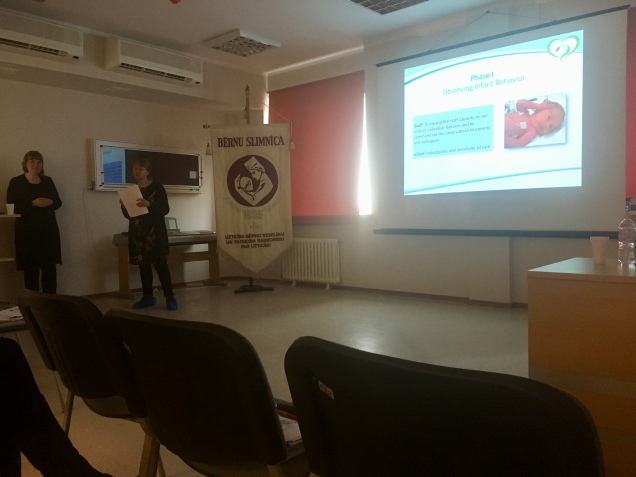So it’s now time for me to try to find the words to properly capture my experience this year, and I’m not entirely sure if I’m ready. Yet, it is May 29th, the day I planned to leave Turku and, in all honesty, a day I’ve waited for, and so I suppose this is as ready as I’ll ever be.
I started this year hoping that in my time here I would somehow find this magical sisu that all Finns are known for having. At the time, I would’ve liked to think that I was already pretty gritty, resilient, hardy, [fill in other insufficient sisu synonym here], and maybe I was, but I’m not sure that I’ve ever been tested to use these attributes so much in my life.
I would be lying if I said that this year was easy, but I would also be lying if I said that it was impossible. There were winter days that felt hard, and when reflecting on them I realize that they were even harder than I thought at the time. The darkness here is real, and while life continued to move on and sweep me along with it, it wasn’t until the sun started shining from 6am to 11pm that I realized how strong I was to have survived it. The winter here is empowering for sure, but ask me if I’d do it again come next November and I might have a different answer.
Just like the darkness, living abroad for this long isn’t necessarily easy. There were times that I would become exhausted just by the sheer difference I would encounter in a day, maybe even more so than when I’ve travelled to cultures that are far more different from the U.S. than Finland. On the other hand, there have been times when I’ve felt at home here and have been reassured by an unexpected self-confidence in my ability to navigate Finnish life. I suppose one can never live in a different culture this long and not experience a similar conflict. There will always be things that are just so different that they will never be easy, but then you wake up one day and feel surprised by the ways you’re suddenly feeling immersed.
And while Finns might be known for their more reserved nature, it is the Finnish people who really, in their own way, helped me feel immersed. I have always known that Finnish friendships are some of the truest one can find. I knew that in high school with my friend Juulia, and I continue to believe it today with all of the others I’ve met this year. While sometimes uncommunicated, these friendships are grounded in a sense of simplicity, trust, and loyalty. I feel this in my work relationships at TYKS just as much as I feel this with those at the Fulbright office and everyone I’ve met in between.
And so the conflicting feelings continue as I leave. In many ways, I feel that a weight has been lifted off of my shoulders knowing that I will soon be home where I can navigate life with ease. In others though, I am sad to know that the home I made here will never really exist in the same way again. There are people and places that I will miss in the meantime, but I know I will see them at some point in the future. But I will never recapture the time that I really lived here and called this place my temporary home.
There have been times when I’ve joked with friends that I would like to return my sisu — I thought I wanted it, but its just not as comfy and empowering as I hoped it might be. I’ve learned that sisu is something you must choose to embrace. The Finns choose to embrace sisu everyday, not only to cope with the climate, but also to overcome the small, ubiquitous challenges that life throws at them. If I’ve learned anything, it’s that we could all approach the challenges of life with the same enthusiasm, even if it sometimes must be coupled with a dark and sarcastic comment here or there. As the Finns would say: If you’re happy, hide it. Well somehow I’ve found myself pretty happy this year, even through the challenges, and I’m not so sure if I can hide it.
